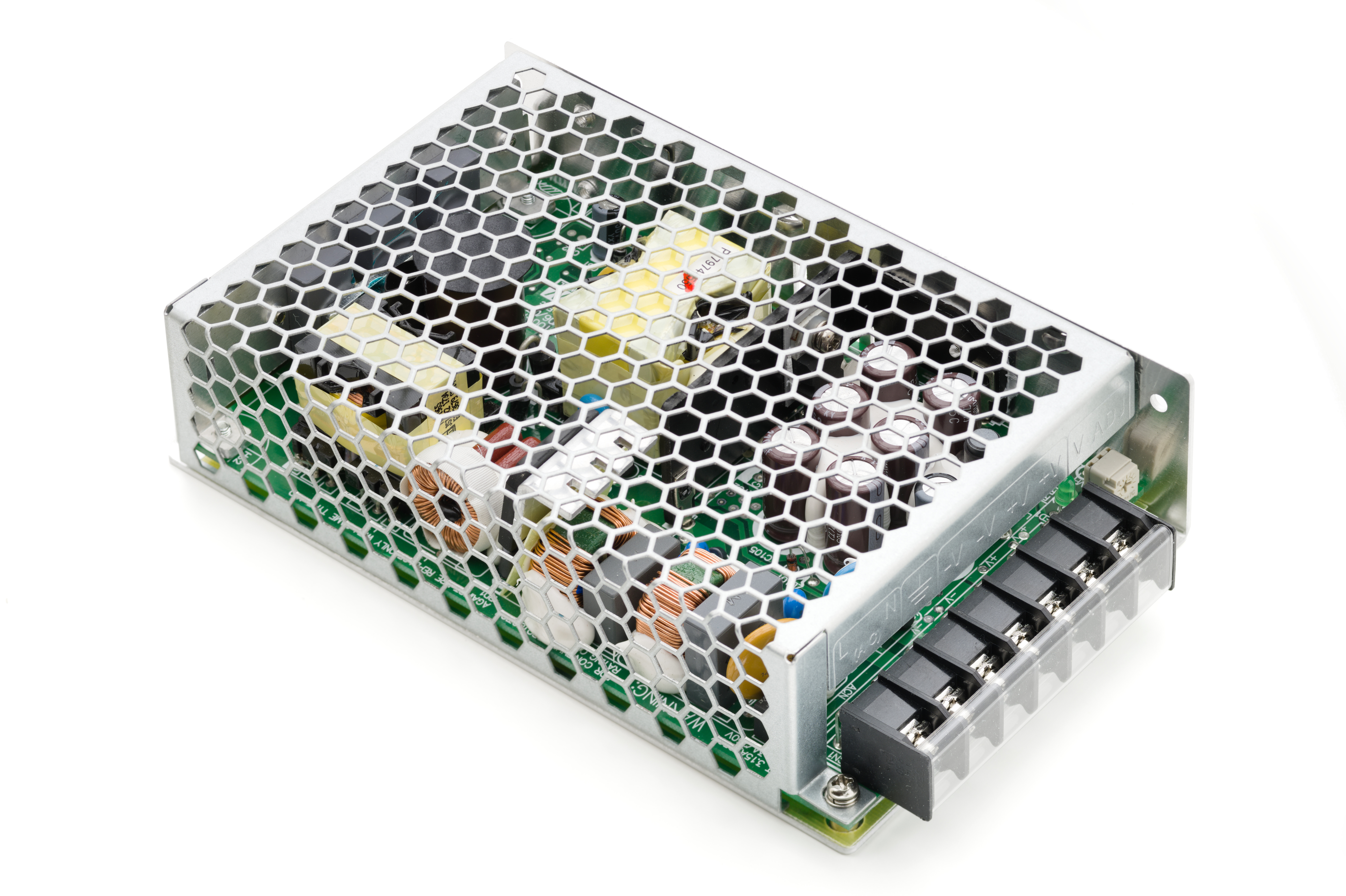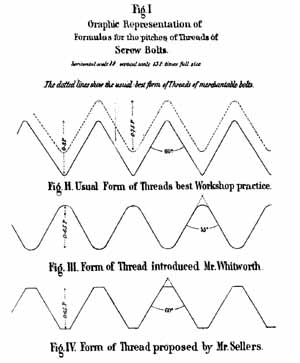|
Grounding System
An earthing system (UK and IEC) or grounding system (US) connects specific parts of an electric power system with the ground, typically the equipment's conductive surface, for safety and functional purposes. The choice of earthing system can affect the safety and electromagnetic compatibility of the installation. Regulations for earthing systems vary among countries, though most follow the recommendations of the International Electrotechnical Commission (IEC). Regulations may identify special cases for earthing in mines, in patient care areas, or in hazardous areas of industrial plants. In addition to electric power systems, other systems may require grounding for safety or function. Tall structures may have lightning rods as part of a system to protect them from lightning strikes. Telegraph lines may use the Earth as one conductor of a circuit, saving the cost of installation of a return wire over a long circuit. Radio antennas may require particular grounding for operati ... [...More Info...] [...Related Items...] OR: [Wikipedia] [Google] [Baidu] |
Electric Power System
An electric power system is a network of electrical components deployed to supply, transfer, and use electric power. An example of a power system is the electrical grid that provides power to homes and industries within an extended area. The electrical grid can be broadly divided into the Electric generator, generators that supply the power, the electric power transmission, transmission system that carries the power from the generating centers to the Distribution board, load centers, and the electric power distribution, distribution system that feeds the power to nearby homes and industries. Smaller power systems are also found in industry, hospitals, commercial buildings, and homes. A single line diagram helps to represent this whole system. The majority of these systems rely upon three-phase electric power, three-phase AC power—the standard for large-scale power transmission and distribution across the modern world. Specialized power systems that do not always rely upon thr ... [...More Info...] [...Related Items...] OR: [Wikipedia] [Google] [Baidu] |
Appliance Classes
Appliance classes (also known as protection classes) specify measures to prevent dangerous contact voltages on unenergized parts, such as the metallic casing, of an electronic device. In the electrical appliance manufacturing industry, the following appliance classes are defined in IEC 61140 and used to differentiate between the protective-earth connection requirements of devices. Class 0 These appliances have no protective-earth connection and feature only a single level of insulation between live parts and exposed metalwork. If permitted at all, Class 0 items are intended for use in dry areas only. A single fault could cause an electric shock or other dangerous occurrence, without triggering the automatic operation of any fuse or circuit breaker. Sales of such items have been prohibited in much of the world for safety reasons, for example in the UK by Section 8 of The Low Voltage Electrical Equipment (Safety) Regulations 1989and New Zealand by thElectricity Act A typical examp ... [...More Info...] [...Related Items...] OR: [Wikipedia] [Google] [Baidu] |
Switched-mode Power Supplies
A switched-mode power supply (SMPS), also called switching-mode power supply, switch-mode power supply, switched power supply, or simply switcher, is an electronic power supply that incorporates a switching regulator to convert electrical power efficiently. Like other power supplies, a SMPS transfers power from a DC or AC source (often mains power, see AC adapter) to DC loads, such as a personal computer, while converting voltage and current characteristics. Unlike a linear power supply, the pass transistor of a switching-mode supply continually switches between low-dissipation, full-on and full-off states, and spends very little time in the high-dissipation transitions, which minimizes wasted energy. Voltage regulation is achieved by varying the ratio of on-to-off time (also known as duty cycle). In contrast, a linear power supply regulates the output voltage by continually dissipating power in the pass transistor. The switched-mode power supply's higher electrical efficiency ... [...More Info...] [...Related Items...] OR: [Wikipedia] [Google] [Baidu] |
Variable Frequency Drive
A variable-frequency drive (VFD, or adjustable-frequency drive, adjustable-speed drive, variable-speed drive, AC drive, micro drive, inverter drive, variable voltage variable frequency drive, or drive) is a type of AC motor drive (system incorporating a motor) that controls speed and torque by varying the frequency of the input electricity. Depending on its topology, it controls the associated voltage or current variation., quote is per definition on p. 4 of NEMA Standards Publication ICS 7.2-2021. VFDs are used in applications ranging from small appliances to large compressors. Systems using VFDs can be more efficient than hydraulic systems, such as in systems with pumps and damper control for fans. Since the 1980s, power electronics technology has reduced VFD cost and size and has improved performance through advances in semiconductor switching devices, drive topologies, simulation and control techniques, and control hardware and software. VFDs include low- and medium- ... [...More Info...] [...Related Items...] OR: [Wikipedia] [Google] [Baidu] |
Transformer
In electrical engineering, a transformer is a passive component that transfers electrical energy from one electrical circuit to another circuit, or multiple Electrical network, circuits. A varying current in any coil of the transformer produces a varying magnetic flux in the transformer's core, which induces a varying electromotive force, electromotive force (EMF) across any other coils wound around the same core. Electrical energy can be transferred between separate coils without a metallic (conductive) connection between the two circuits. Faraday's law of induction, discovered in 1831, describes the induced voltage effect in any coil due to a changing magnetic flux encircled by the coil. Transformers are used to change Alternating current, AC voltage levels, such transformers being termed step-up or step-down type to increase or decrease voltage level, respectively. Transformers can also be used to provide galvanic isolation between circuits as well as to couple stages of signa ... [...More Info...] [...Related Items...] OR: [Wikipedia] [Google] [Baidu] |
IEC 60364
IEC 60364 ''Low-voltage electrical installations'' is the International Electrotechnical Commission (IEC)'s international standard series on ''low-voltage electrical installations''. This standard is an attempt to harmonize national wiring standards in an IEC standard and is published in the European Union by CENELEC as "HD 60364". The latest versions of many European wiring regulations (e.g., BS 7671 in the UK) follow the section structure of IEC 60364 very closely, but contain additional language to cater for historic national practice and to simplify field use and determination of compliance by electricians and inspectors. National codes and site guides are meant to attain the common objectives of IEC 60364, and provide rules in a form that allows for guidance of persons installing and inspecting electrical systems. The standard has several parts: * Part 1: Fundamental principles, assessment of general characteristics, definitions * Part 4: Protection for safety ** Section ... [...More Info...] [...Related Items...] OR: [Wikipedia] [Google] [Baidu] |
International Standard
An international standard is a technical standard developed by one or more international standards organizations. International standards are available for consideration and use worldwide. The most prominent such organization is the International Organization for Standardization (ISO). Other prominent international standards organizations including the International Telecommunication Union (ITU) and the International Electrotechnical Commission (IEC). Together, these three organizations have formed the World Standards Cooperation alliance. Purpose International standards can be applied directly or adapted to meet local conditions. When adopted, they lead to the creation of national standards that are either equivalent to or largely align with the international standards in technical content, though they may have: (i) editorial variations, such as differences in appearance, the use of symbols, measurement units, or the choice of a point over a comma as the decimal marker, and (ii) va ... [...More Info...] [...Related Items...] OR: [Wikipedia] [Google] [Baidu] |
Cooktop
A cooktop (American English), stovetop (Canadian and American English) or hob (British English), is a device commonly used for cooking that is commonly found in kitchens and used to apply heat to the base of cookware, pans or pots. Cooktops are often found integrated with an oven into a kitchen stove but may also be standalone devices. Cooktops are commonly powered by gas or electricity, although oil or other fuels are sometimes used. Gas Gas cooktops consist of one or more gas burners with arrangements to control the rate of flow. They often have integral lighters or (in older models) pilot lights, and may have safety interlocks designed to reduce the risk of hazardous gas leaks. Gas cooking has been associated with negative health effects, such as reduced pulmonary function and a higher rate of respiratory symptoms in children. Electric Coil An electric coil cooktop uses electric elements that directly heat pots placed on them. They are inexpensive to buy and maintain, but ... [...More Info...] [...Related Items...] OR: [Wikipedia] [Google] [Baidu] |



